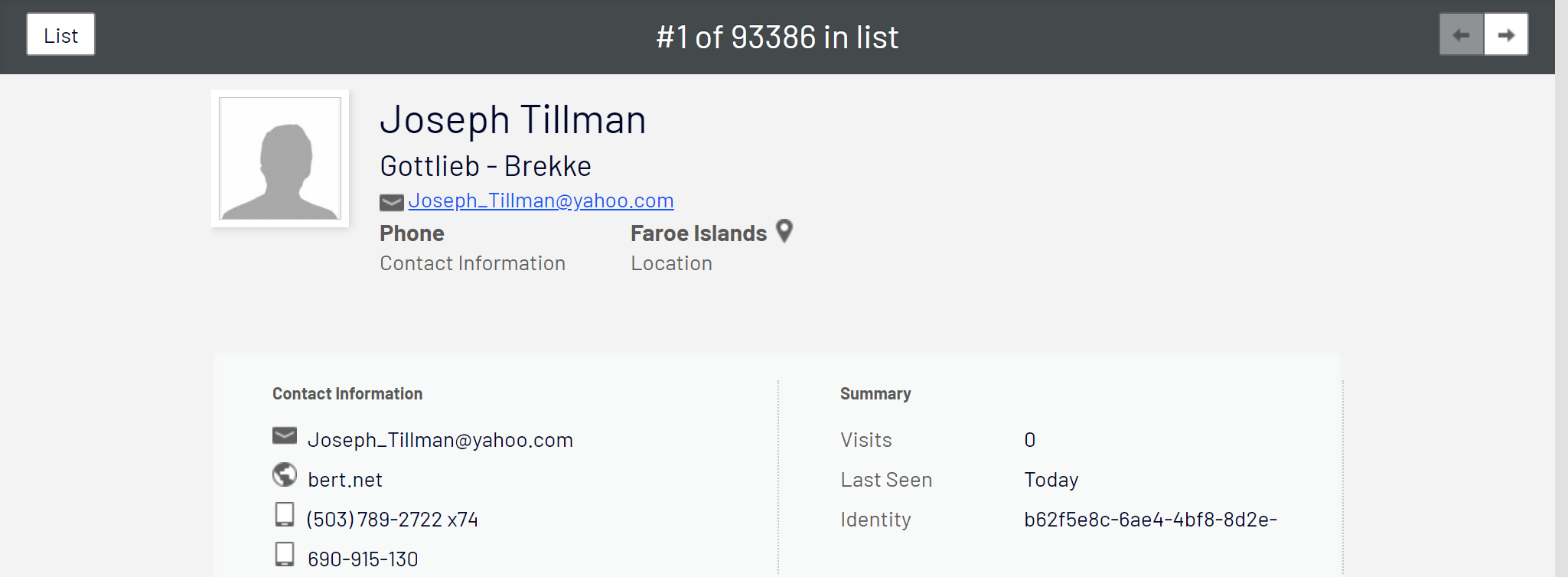 Optimizely Visitor Intelligence
Optimizely Visitor Intelligence
Optimizely Visitor Intelligence is part of the Optimizely Digital Experience Platform. It requires a specific installation and license. The Optimizely Digital Experience Platform contains many features to support you in your daily work. Depending on how your solution is set up, some features described in this documentation may not be available to you. Contact your system administrator to find out more. See Optimizely World for technical information.
Optimizely Visitor Intelligence is a user interface for viewing and filtering visitor profiles, and creating customer segments that you can use in your omnichannel marketing campaigns. The Optimizely Visitor Intelligence information is based on tracking of online visitor Someone who visits a website using a web browser. In most cases, a visitor can use public functions and services but cannot create content and has limited access to community content. In an SEO context, visitor means the number of visits to a URL through channels (external referrers), direct arrivals, and internal links. (See also visitor groups.) behavior, such as viewing content, or products on an e-commerce site.

You can access Optimizely Visitor Intelligence via the product switcher ![]() . If you use Optimizely Campaign, you can access Optimizely Visitor Intelligence from the Optimizely Campaign menu under Analytics.
. If you use Optimizely Campaign, you can access Optimizely Visitor Intelligence from the Optimizely Campaign menu under Analytics.
Optimizely Visitor Intelligence lets you view and use profile data in the following ways:
- Viewing profiles. See a list of visitors that have viewed your site.
- Filters let you display profiles based on selected criteria.
- An individual profile view shows detailed information such as name, email, company, country of origin (based on the visitor's IP address), the time of the last visit to the site, and so on.
- Creating segments. Create user segments from the profile list.
- Each segment is an extract of profiles that matches the criteria that you have set up for the segment.
- You can use segments as criteria when you create visitor groups in Optimizely CMS.
- Viewing reports. View commerce reports for insights into collected customer data.
- Lets you view data belonging to different scopes.
- Charts for e-commerce KPIs, such as unique visitors, average session time, bounce rate, and daily revenue.